In the brilliant autumn weather, at Ung Hoa commune - at the foot of the Monument of the Resilient Burned Area, the delegation of Hanoi Moi Newspaper organized a thematic activity "Towards the Heroic Burned Area - nurturing tradition, fueling the fire today" to pay tribute to the great contributions of our fathers and grandfathers; at the same time, inspiring the aspiration for the young generation to overcome difficulties to build a "more decent, more beautiful" homeland...

The revolutionary fire never goes out
When the lotus flowers at the end of the season close their petals, Hanoi enters autumn, bringing with them many memories, we - the Capital's journalists visit the Heroic Burning Area. On the roads - where the footprints of the resistance war to protect the Fatherland in the past - are now paved with wide, shady concrete, the chirping of children in the small alleys, each spacious house looming among the green of rice, vegetables, fruit gardens... are vivid proof of the strong revival in this land.
The war has long gone, there are not many witnesses to the glorious times left, but the old spirit of the revolutionary countryside is still intact, hidden in every communal house roof, brick wall, in the memories of the elderly and especially the youth here, the pride always burns like a flame illuminating the path of struggle...
The first stop on our journey back to the past was the Khu Chay Museum, located on the newly opened Provincial Road 428. The museum's display space is arranged solemnly and simply, preserving the heroic memories of the war. Behind the glass, yellowed documents and time-worn artifacts seem to recreate the revolutionary activities of the past.
Director of the Center for Culture - Information and Sports of Ung Hoa commune, Luu Duc Lao, led the tour group and emotionally "explained": There was a time when the museum preserved up to thousands of artifacts, but due to many difficulties and limited preservation conditions, many valuable artifacts were damaged or lost. However, more than one hundred remaining artifacts, along with the model and vivid images, are still enough to awaken the tragic historical period...
Each photo, each souvenir here tells a story soaked in blood and tears, and at the same time full of pride. The story of the "Gong against the enemy" in February 1951 resounds: When the urgent gong sounded, every person in the difficult lowland area became a "revolutionary torch", holding knives, sticks, spears, banging drums, shaking gongs... creating a heroic resistance song.
But perhaps the most tragic memory is the “Thirty-year-old banyan tree” in Chan Ky village: Under the canopy of the ancient banyan tree, 30 people, including children and the elderly, fell from a series of French aircraft bullets on a tragic day in 1951. That pain cannot be compensated, but from that blood and bones, the tradition of uprising erupted, feat after feat, until on July 25, 1954, Ung Hoa land was completely cleared of enemies.
Leaving the Museum, the Hanoi Moi Newspaper delegation stopped at the Chong Pagoda historical site, in the old Tram Long commune, now Ung Hoa commune. The ancient, moss-covered pagoda has long been a witness to the arduous and heroic days of the land of fire.
Mr. Bui Van Binh (Tram Long village), the caretaker of the relic, slowly told us stories about Ung Hoa, the land that history "chosen to entrust", becoming the Safe Zone of the Northern Regional Party Committee during the arduous years of resistance. The question: "Why was a poor, low-lying rural area chosen to be the Safe Zone?" is also an affirmation of the strength of the people's hearts. The remoteness, difficulties in transportation, and the spirit of loyalty and early enlightenment turned this place into a revolutionary stronghold...
From the 1936-1939 democratic movement, people who worked far away brought revolutionary newspapers back to their hometowns and became the first propagandists, laying the foundation for the formation of the South Ung Hoa Safety Zone with Tram Long and Tao Khe as the center.
The "red addresses" are attached to each house, communal house, and pagoda on this land. Chong Pagoda is the secret "headquarters"; Cu Temple is the meeting place; people's houses become places for printing, hiding, and training cadres; the whole village established a tight "tam tam" security system. Thanks to that, many important meetings of the leaders of the Regional Party Committee, including comrades: Truong Chinh, Hoang Van Thu... took place in absolute safety.
On the night of November 7, 1942, despite the French secret police's search, the people still cleverly protected and preserved the cadres, continuing to maintain the revolutionary flame. In particular, in March 1945, when comrade Do Muoi returned to directly direct the preparation for the General Uprising, the movement in Nam Ung Hoa flared up strongly, fostering an indomitable spirit, contributing to writing the heroic history of the nation...
... Next to the ancient pagoda, the stories told by Mr. Bui Van Binh made many party members and cadres of the Hanoi Moi Newspaper silent. We understand that it is not only the memory of the fiery land but also a lesson about the people's strength, which has created a brave and steadfast An Toan Khu, contributing significantly to the overall victory of the Vietnamese revolution.
According to statistics, during those years of bombs and bullets, on average, each resident of Khu Chay suffered 2 bombs and more than 200 cannons; 111 villages, 105 communal houses, pagodas, and churches were destroyed; more than 8,500 tons of rice were burned, tens of thousands of hectares of rice fields were abandoned. However, that cruelty could not subdue the will of the people, but on the contrary, it tempered the resilient spirit, forging the heroic and indomitable tradition of this countryside.
Turning historical heritage into a driving force for development
Decades have passed, but those heroic pages of history seem to have never faded, but are always present in every relic and memory of the people here. From Khu Chay Museum to Chong Pagoda, every relic and every story reminds us of a homeland that has been burned by bombs many times but never collapsed. Stories about rice balls hidden in the attic, mothers and grandmothers who silently sheltered revolutionary cadres have become a source of pride, illuminating the steadfast and indomitable tradition of many generations of Ung Hoa people...
Today, Khu Chay Museum is not only a place to remember the painful and heroic past, but also contributes to fostering pride for the young generation. Now, together with the Capital and the whole country, Khu Chay is embarking on the journey of building a rich, civilized and modern homeland. Happily, the Chong Pagoda relic site, which once bore the mark of the arduous working days of the Bac Ky Regional Party Committee, is being invested in and renovated on a spacious and synchronous scale. Important items such as the pagoda, Cu communal house, Dong communal house and auxiliary works are gradually being completed, contributing to preserving historical values and educating traditions for today and tomorrow.
At the foot of the Khu Chay Monument, Editor-in-Chief of Hanoi Moi Newspaper Nguyen Minh Duc respectfully expressed his emotion at the sacrifice of his fathers and grandfathers. He emphasized: The history of Khu Chay has created generations of feats of arms, not inferior to any heroic land in our country. Khu Chay needs to be properly evaluated for its historical stature, turning the past into internal strength, creating motivation to develop the whole region. The people here are not only good at enduring hardships but also know how to turn pain into strength. In the midst of devastation, they built resilient guerrilla teams, opened secret communication lines, dug trenches to shelter cadres. It was in that fire and smoke that Khu Chay became a place to forge revolutionary spirit, a place where "fire tests gold, hardship tests strength" for immortal patriotism. That is an important resource in the local socio-economic development strategy...
Sharing the same emotion, Party Secretary and Chairman of the People's Council of Ung Hoa commune, Nguyen Tien Thiet, proudly shared: "Khu Chay is not only a beautiful symbol of the past but also a priceless asset of the present and the future."
According to him, Ung Hoa is aiming to build a green, smart, prosperous countryside, where the past and present blend together, creating a unique attraction. The Chong Pagoda relic site, where cadres were once hidden or the old roofs that once sheltered the revolution... will not only stop at the pages of memory but will gradually become a new destination on the heritage road on the outskirts of the capital. Visitors will not only hear stories about the steadfast land, but also experience the new rural life, rich in identity from the green economic model, high-tech agriculture, traditional craft villages, hometown products... Conservation associated with tourism development is a practical way to promote the value of Khu Chay, both honoring history and creating a driving force to promote socio-economic development, improving people's lives. That is also the way for Ung Hoa to affirm its position, becoming an attractive destination of the capital in the future.
Leaving Khu Chay and saying goodbye to Ung Hoa commune, each cadre and party member of Hanoi Moi Newspaper seemed to be re-energized with revolutionary spirit. We realized that the visit and the meeting at the foot of Khu Chay Monument was not only an opportunity to return to the source but also to multiply our gratitude, pride, and personal responsibility in performing the tasks of working, studying, and contributing worthy of the people and the homelands who sacrificed for the freedom and independence of the nation!
Source: https://hanoimoi.vn/khu-chay-anh-hung-khat-vong-vuon-cao-719071.html



![[Photo] Opening of the World Cultural Festival in Hanoi](https://vphoto.vietnam.vn/thumb/1200x675/vietnam/resource/IMAGE/2025/10/10/1760113426728_ndo_br_lehoi-khaimac-jpg.webp)
![[Photo] Ho Chi Minh City is brilliant with flags and flowers on the eve of the 1st Party Congress, term 2025-2030](https://vphoto.vietnam.vn/thumb/1200x675/vietnam/resource/IMAGE/2025/10/10/1760102923219_ndo_br_thiet-ke-chua-co-ten-43-png.webp)
![[Photo] Unique Phu Gia horse hat weaving craft](https://vphoto.vietnam.vn/thumb/1200x675/vietnam/resource/IMAGE/2025/10/10/1760084018320_ndo_br_01-jpg.webp)


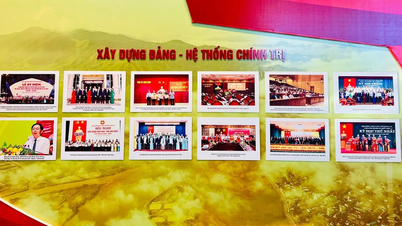

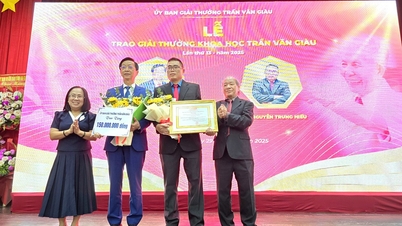



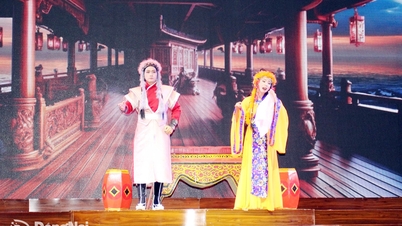
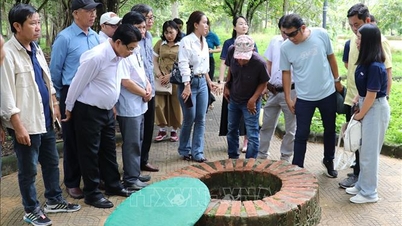




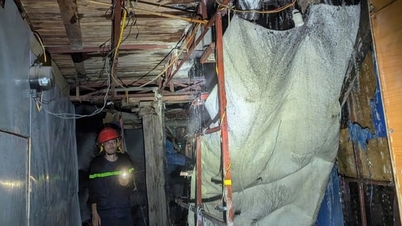











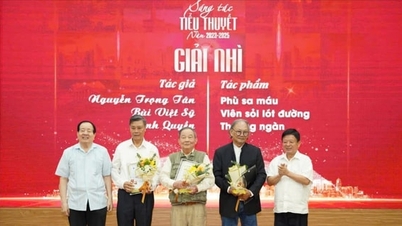
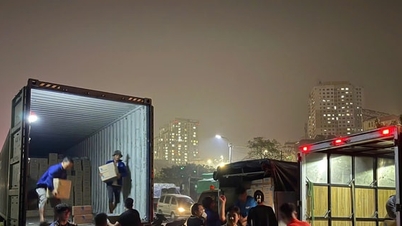






















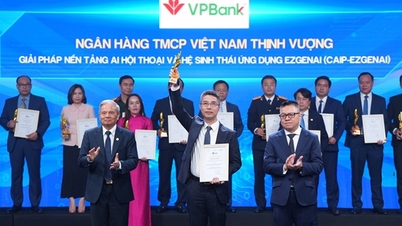












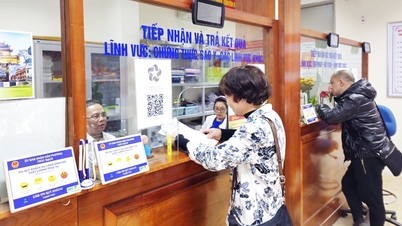





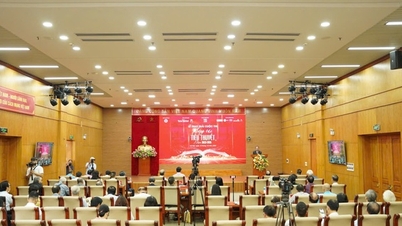
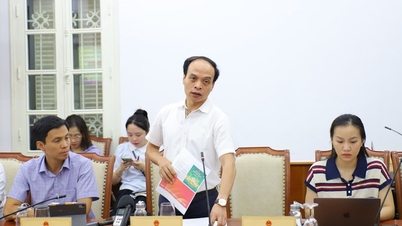





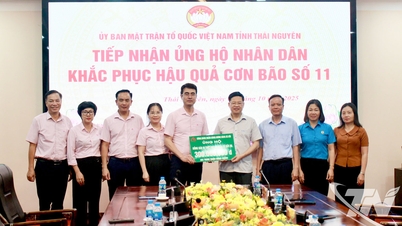

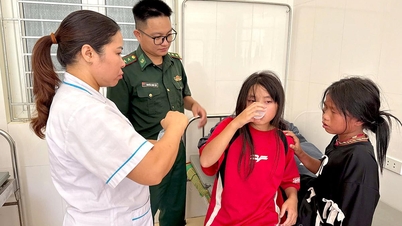

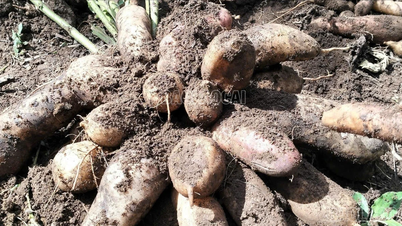












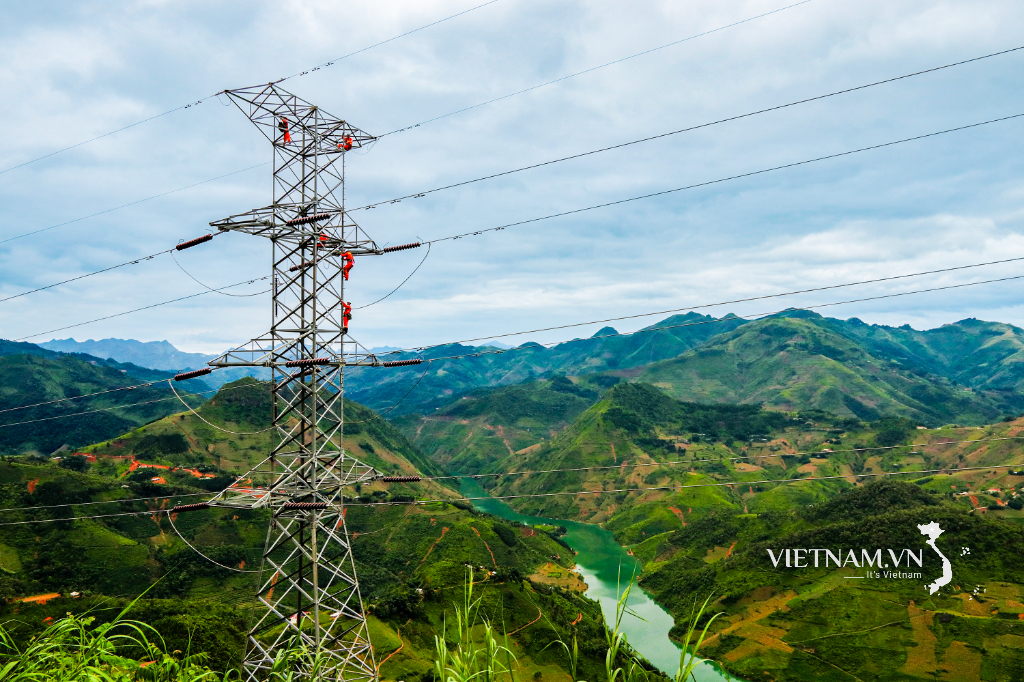



Comment (0)